The conference of full-time National Assembly Deputies taking place on March 26-28 will discuss many important draft laws to be submitted to the National Assembly for consideration and approval at the 7th Session.
Reporting on some major issues of the draft Law on Road Traffic Order and Safety, the Standing Committee of the National Assembly's National Defense and Security Committee said that after the 6th Session, the Government directed the Ministry of Public Security and the Ministry of Health to seriously implement the requirements, organize research, refer to international experience, organize sociological and scientific investigations on "The harmful effects of alcohol and beer on road traffic participants".
Gradually forming a culture of "don't drink and drive"
According to the agency reviewing the draft law, the majority of National Assembly deputies agreed with the draft law to prohibit the act of driving a vehicle on the road while having alcohol in the blood or breath.
The above regulation is not new content, but is inherited from the regulation of the 2008 Law on Road Traffic and is consistent with the regulation in Clause 6, Article 5 of the 2019 Law on Prevention and Control of Harmful Effects of Alcohol and Beer and specific regulations for the field of road traffic.
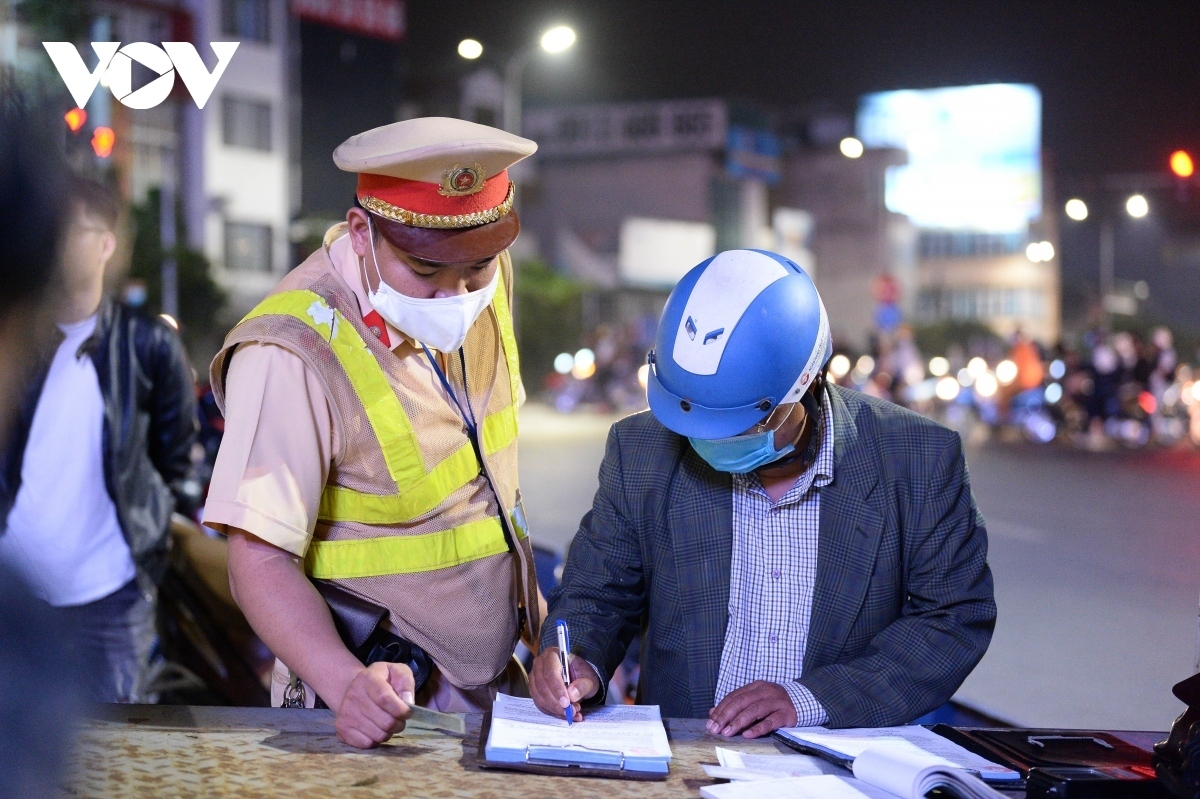
The report also emphasized that driving after consuming alcohol or beer is especially dangerous, with a high risk of causing traffic accidents that cause damage to the life, health, and property of the driver and other road users, affecting the lives of families and the whole society.
“The above behavior is prohibited with the aim of preventing and reducing potential risks and damages caused by the use of alcohol and beer while driving” – the Standing Committee of the National Defense and Security Committee analyzed.
The agency reviewing the draft law also said that the above regulation has been tested in practice and has shown good results. At the scientific conference on "The harmful effects of alcohol and beer on road traffic participants", scientists have researched and confirmed that alcohol and beer directly affect people's mental health and behavior, especially affecting the behavior of driving vehicles participating in road traffic.
The regulation prohibiting absolute alcohol concentration for drivers of vehicles is the result of the development of the Law on Prevention and Control of Harmful Effects of Alcohol and Beer, which was thoroughly discussed and decided by the 14th National Assembly. This regulation has been put into practice, has been widely agreed upon by the people and is gradually forming a culture of "don't drive after drinking alcohol".
Continuing this prohibition is one of the fundamental solutions to help change the culture and habits of drinking alcohol, especially not driving after drinking alcohol.
The National Defense and Security Committee also assessed that the regulation of absolute prohibition of alcohol concentration ensures more feasibility than the regulation allowing alcohol concentration at a certain threshold.
With the regulation of absolute prohibition of alcohol concentration, people do not drink alcohol or beer before driving. If the regulation has a certain threshold, it will be difficult for people to determine how much to drink, how to drink below that threshold, and it will be difficult for the authorities to handle. Moreover, when there is a threshold, it is easy to be forced to drink and when drinking, it is easy to get excited, difficult to control oneself and difficult to stop.
Regarding endogenous alcohol concentration detected through breath, up to now there is no clear basis; detection is very rare in practice and in some cases, after detection, the authorities were promptly contacted and re-checked through blood tests to avoid erroneous handling results.
The above prohibition is also consistent with the regulations of some countries in the world. According to statistics from the World Health Organization in 2016, there were 36 countries and territories that absolutely banned alcohol concentration for new drivers, 35 countries that absolutely banned alcohol concentration for professional drivers and commercial drivers.
On the downside, such an absolute ban on alcohol concentration has a certain impact and influence on some cultural activities, traditional festivals of some localities and the alcohol and beer drinking habits of a part of the Vietnamese people.
The regulation of absolute prohibition of alcohol concentration will reduce the consumption of alcoholic beverages, thereby affecting the production, import, distribution, supply, and consumption of wine and beer, and the State budget revenue; and affecting the labor and income of those working at establishments producing and trading alcoholic beverages.
In addition, some National Assembly deputies proposed setting a minimum limit for blood and breath alcohol concentration for drivers participating in traffic.
Proposal to continue banning driving with alcohol concentration
The Standing Committee of the National Defense and Security Committee agreed with the Government's proposal to absolutely ban alcohol concentration for drivers participating in road traffic.
However, according to the proposal of some National Assembly deputies, the Standing Committee of the National Defense and Security Committee has designed two options to report to the National Assembly Standing Committee. Specifically, it is an absolute ban or a regulation of alcohol concentration levels as in the 2008 Law on Road Traffic.
At the 31st session, the Standing Committee of the National Assembly gave specific opinions on the above two options and unanimously proposed choosing option 1, which is to absolutely prohibit driving while under the influence of alcohol.
“I propose that the National Assembly deputies agree with option 1 to report to the National Assembly at the 7th session, which is to continue to inherit the current regulations on prohibiting the act of driving a vehicle on the road with alcohol concentration in the blood or breath to protect the lives, health, and property of the people, protect resources for society, and protect the longevity of the race.
After the implementation process, when the awareness and culture of "don't drive after drinking alcohol" has been formed, this regulation will be summarized to make appropriate proposals" - the agency receiving and revising the proposed law project.
Source





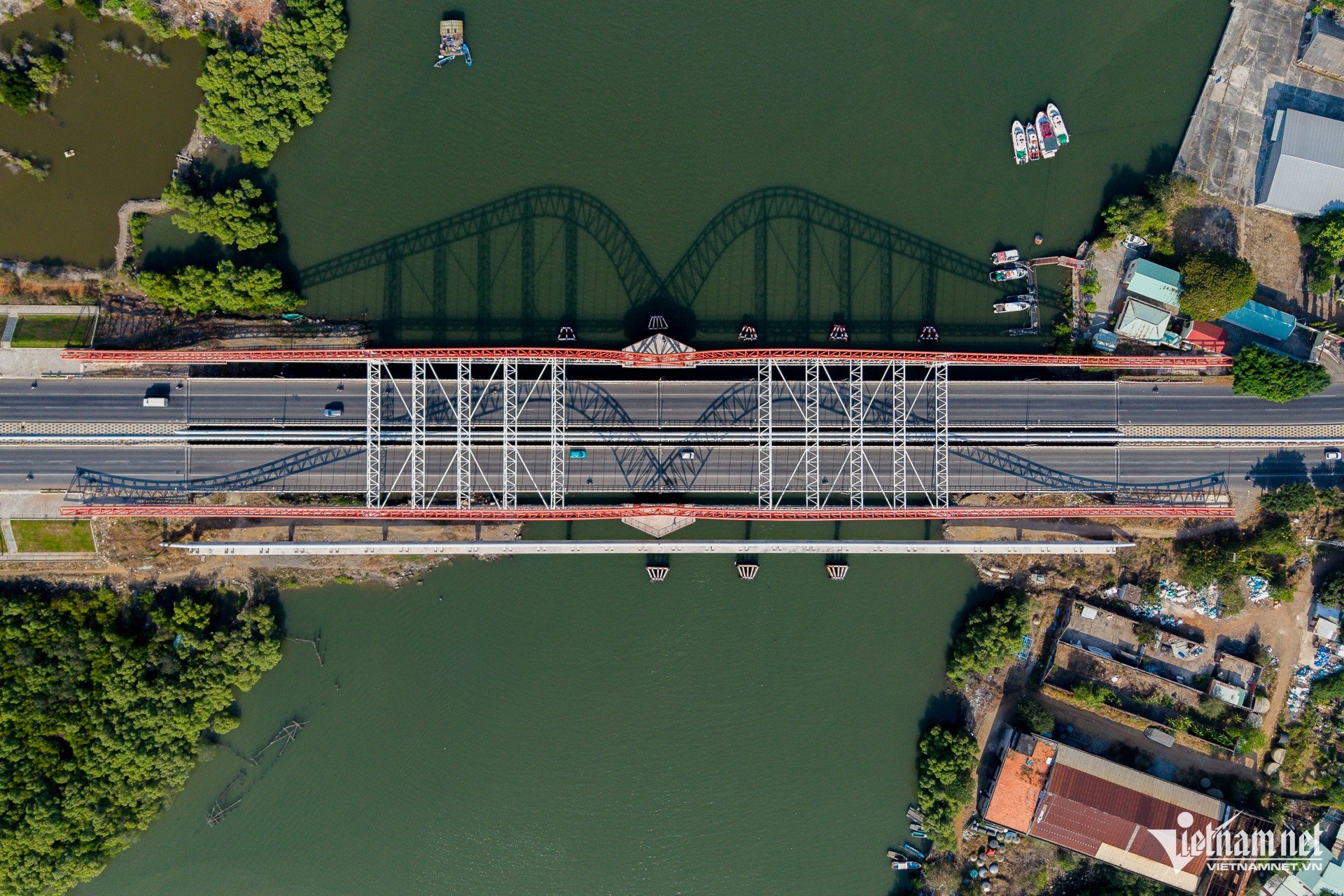
![[Photo] Ministry of Defense sees off relief forces to the airport to Myanmar for mission](https://vstatic.vietnam.vn/vietnam/resource/IMAGE/2025/3/30/245629fab9d644fd909ecd67f1749123)



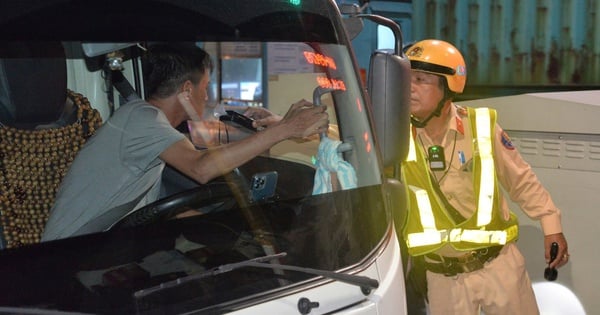

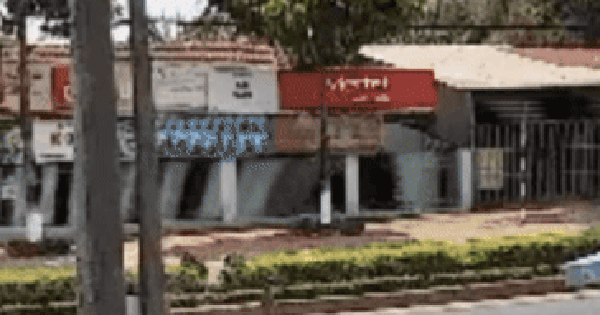
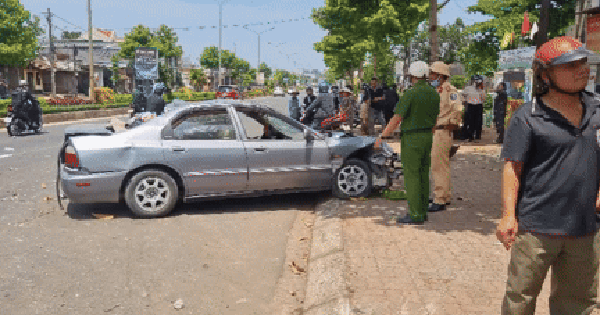


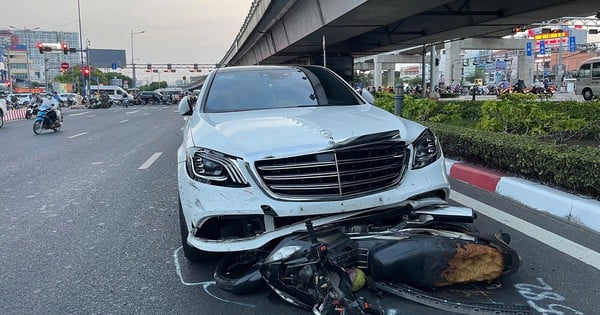
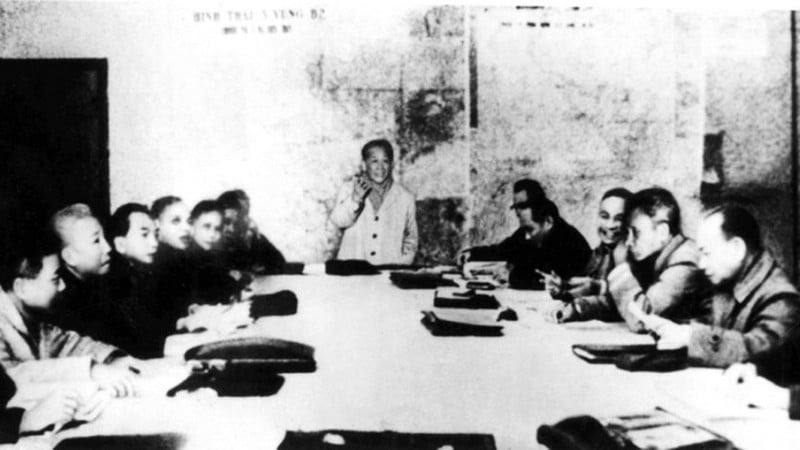

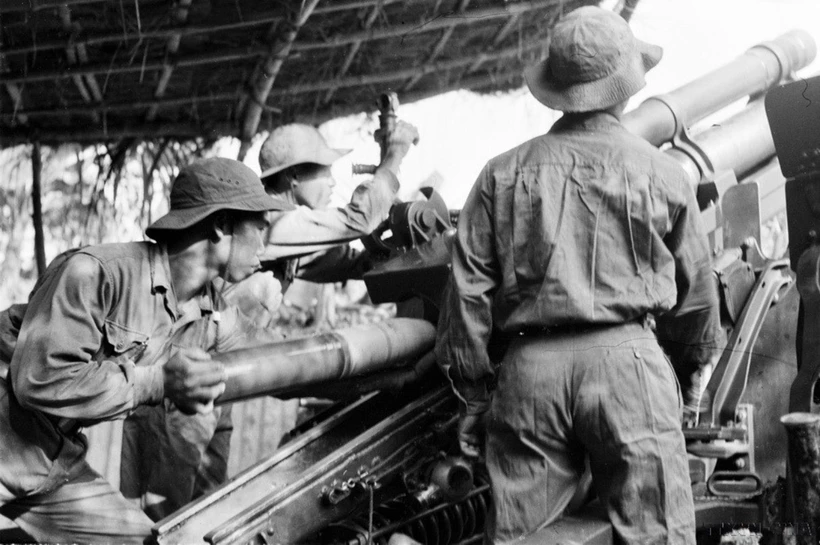
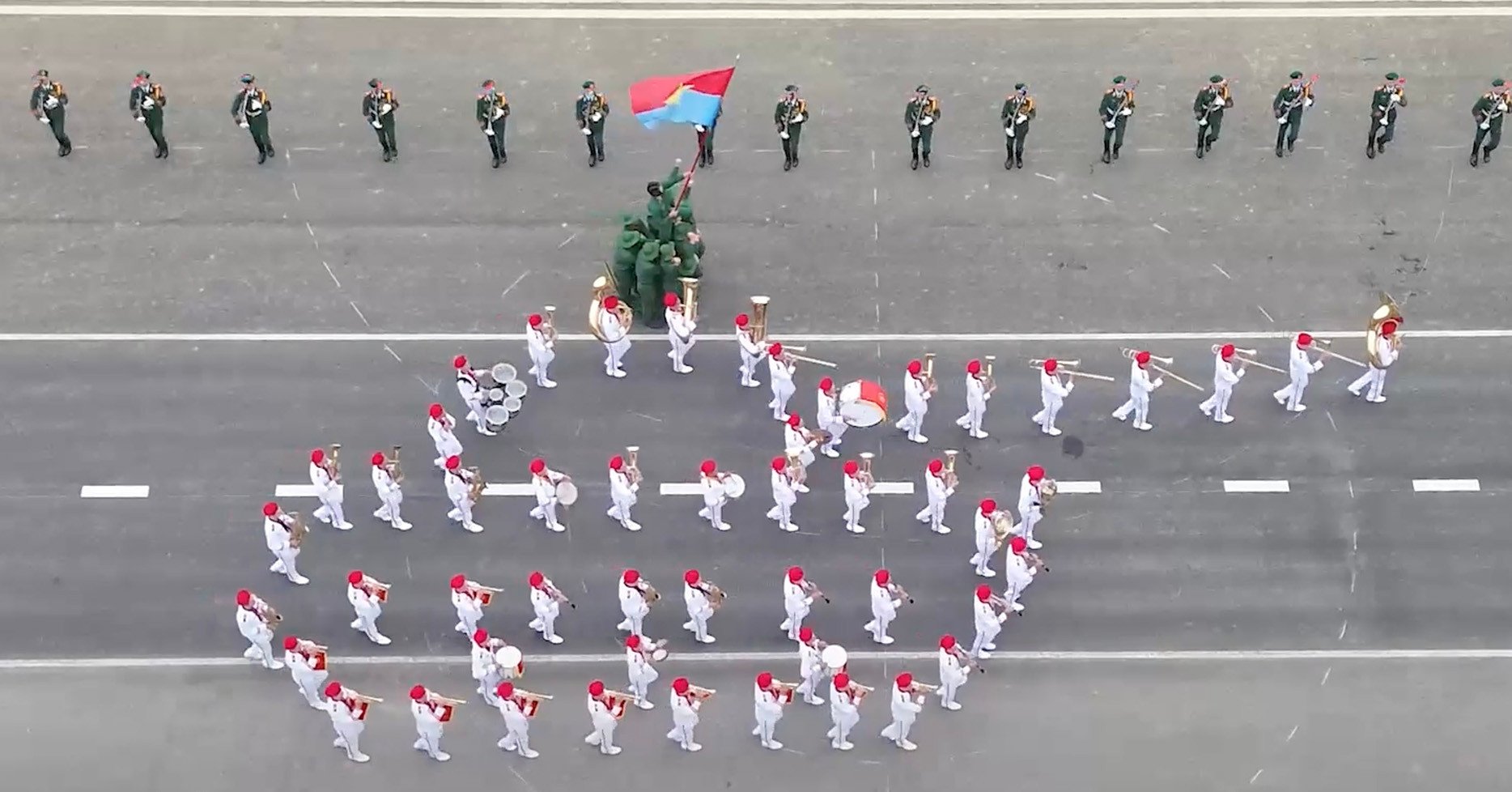
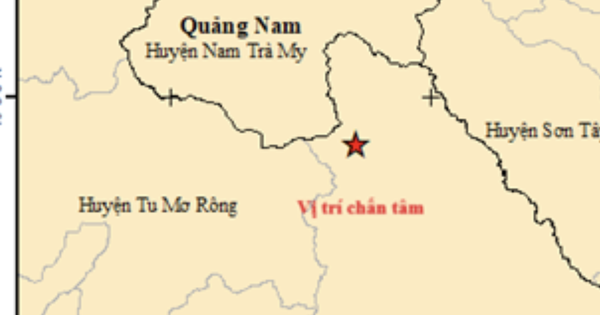


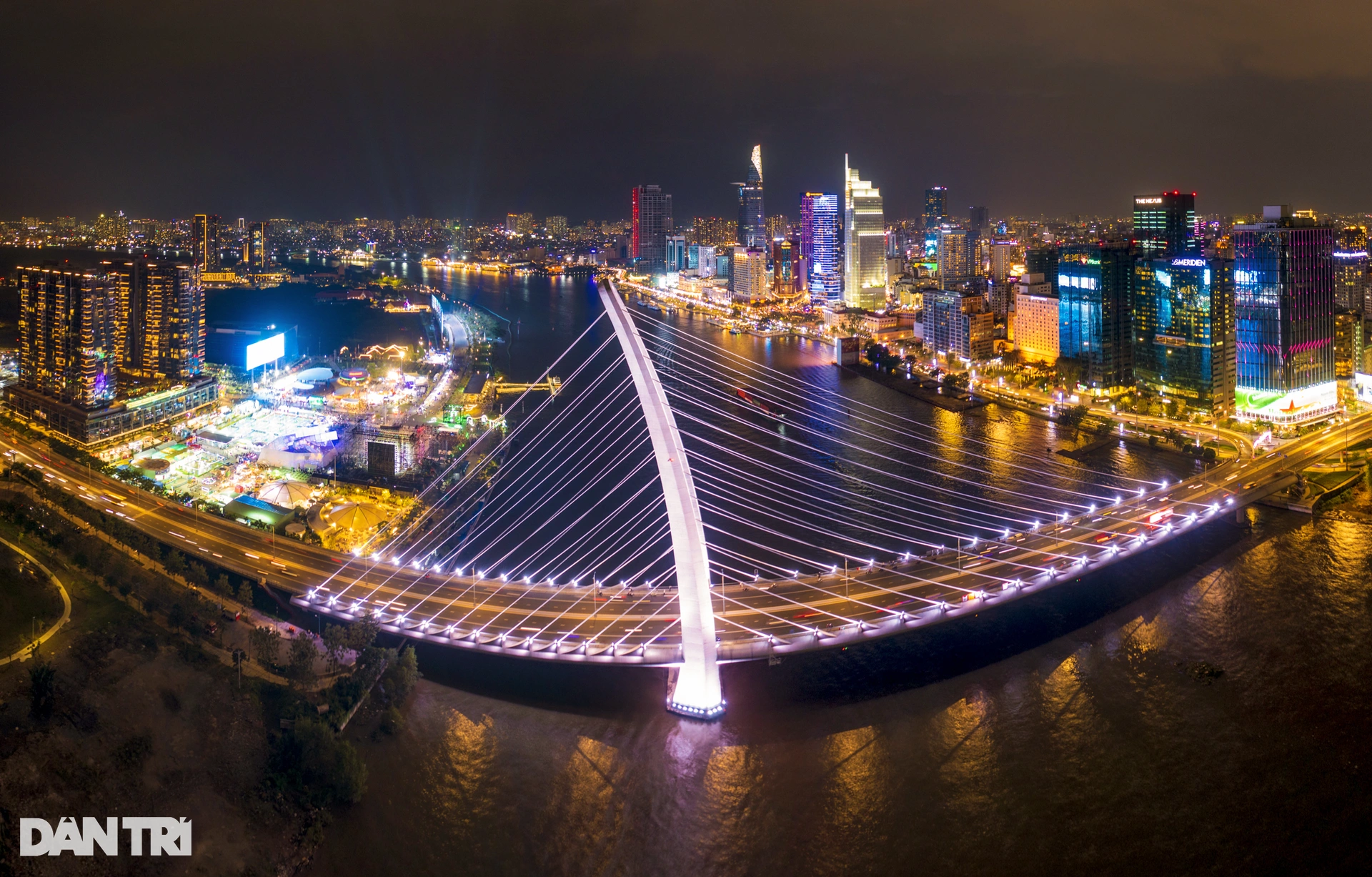

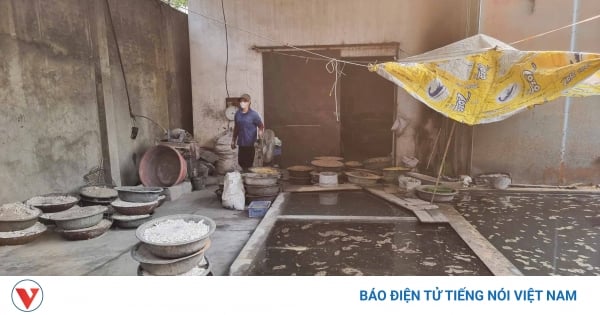
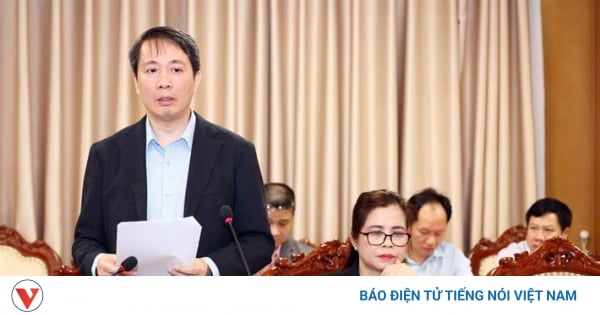




![[Photo] Prime Minister Pham Minh Chinh chairs meeting to remove difficulties for projects](https://vstatic.vietnam.vn/vietnam/resource/IMAGE/2025/3/30/7d354a396d4e4699adc2ccc0d44fbd4f)


















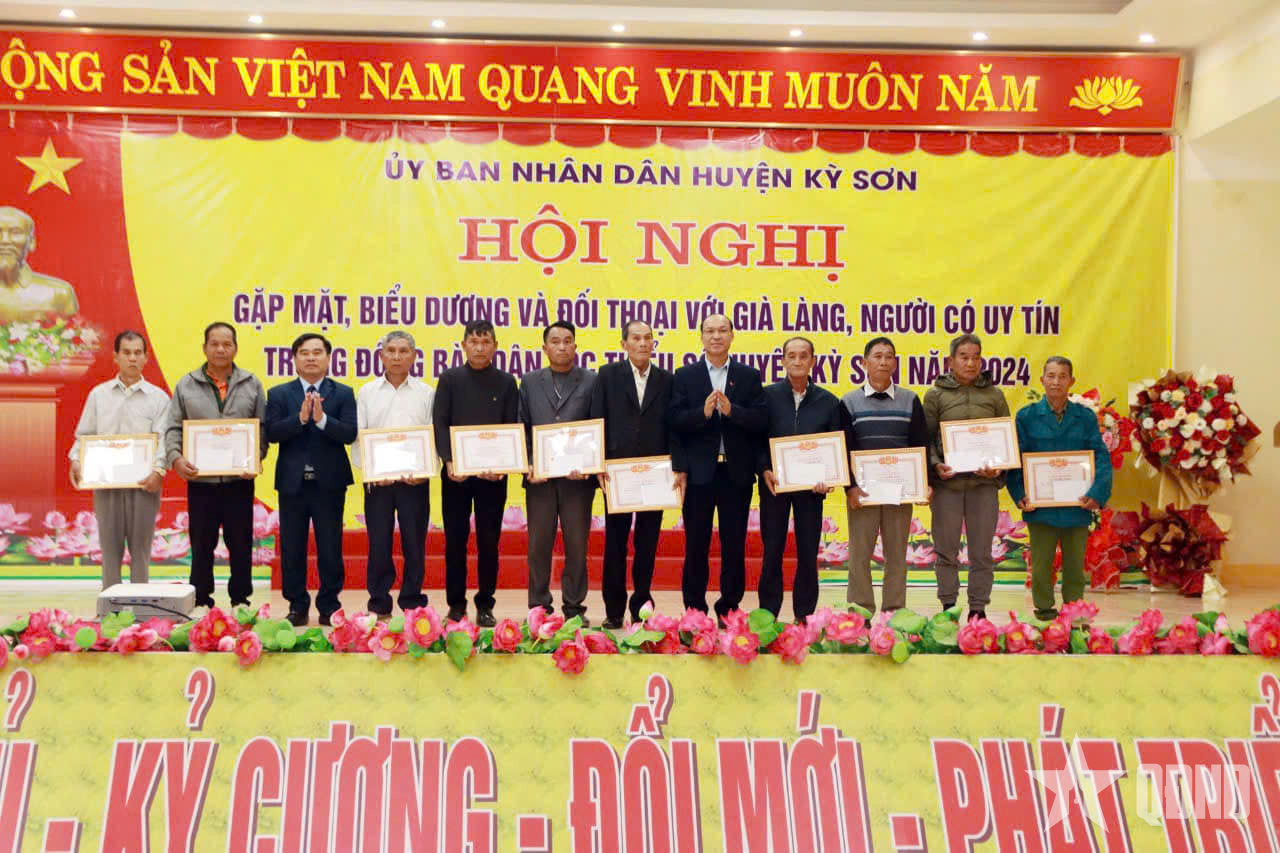

















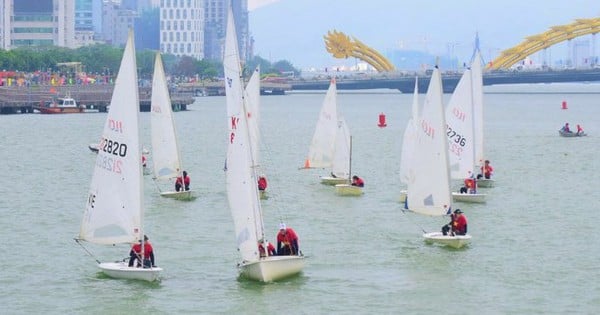



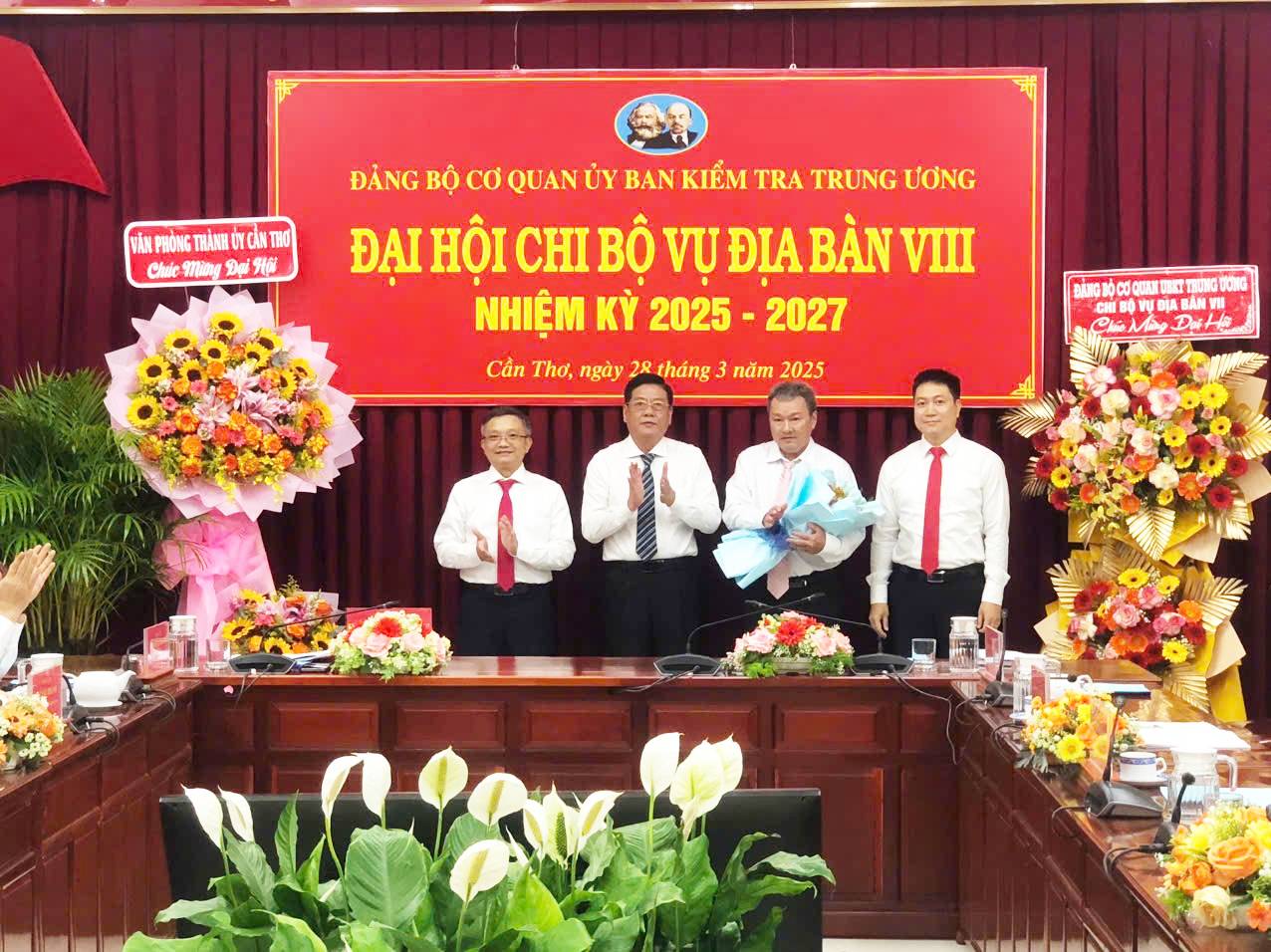

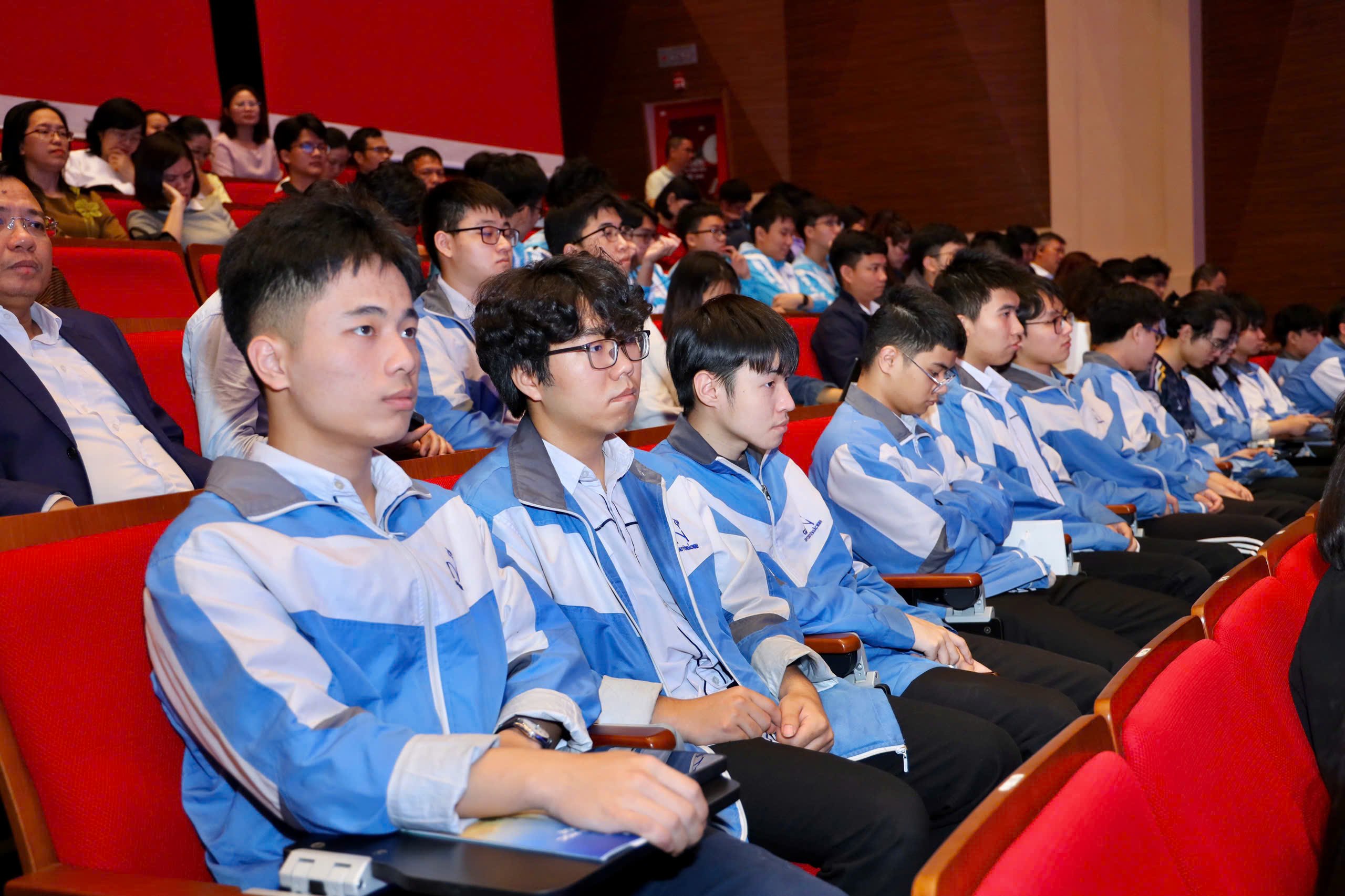

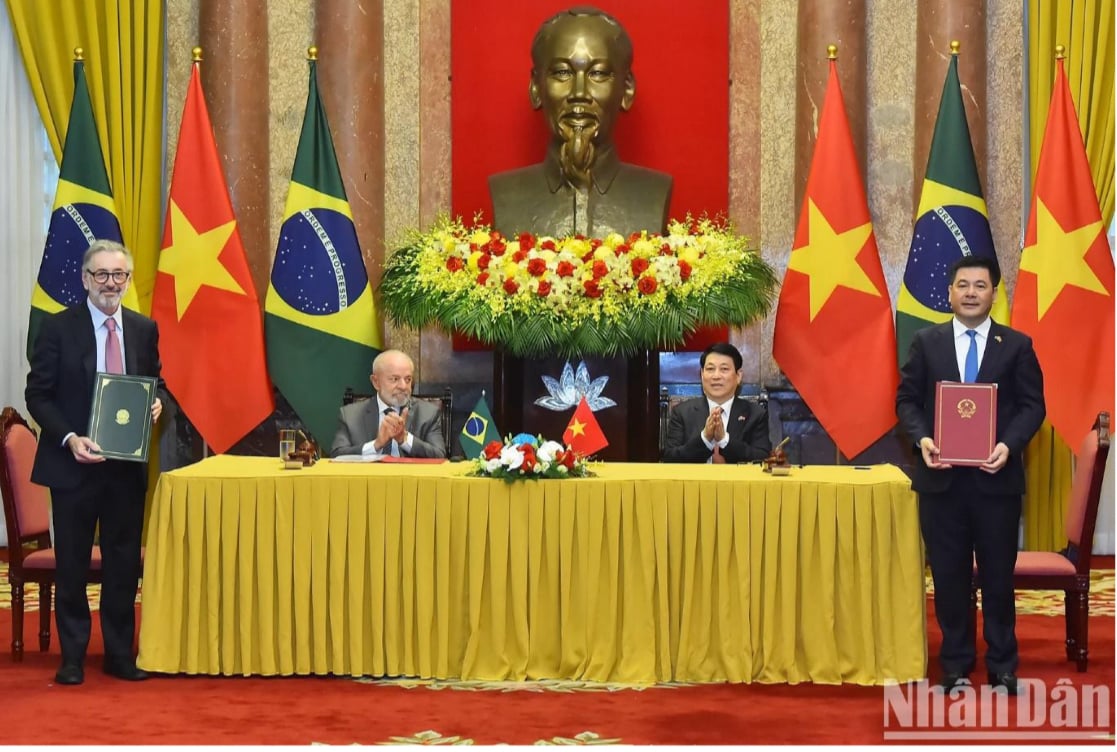

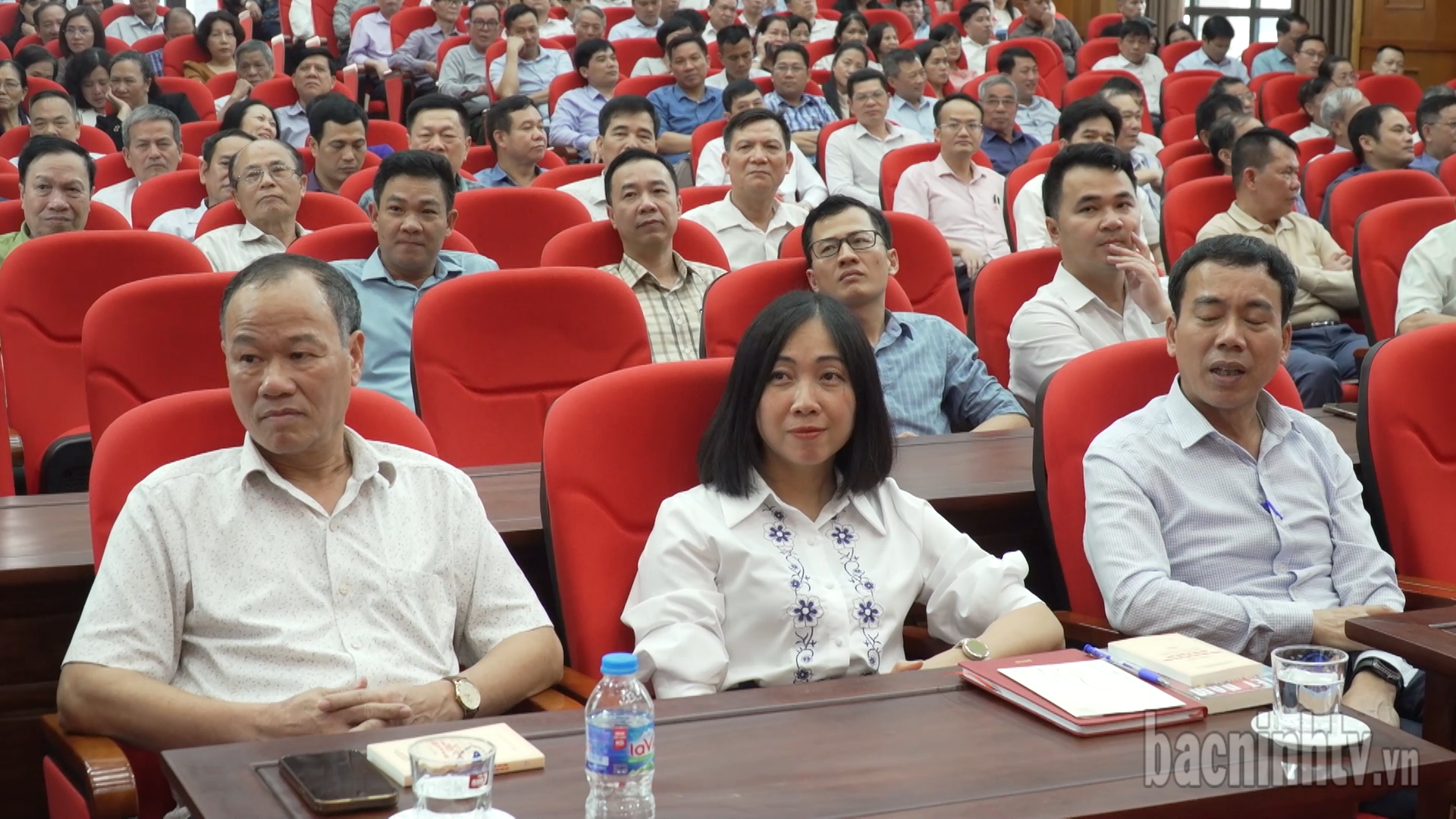


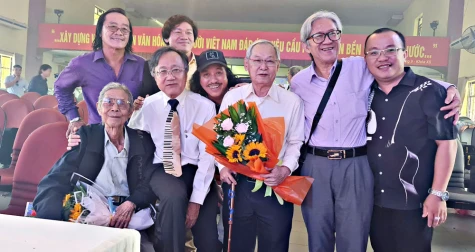



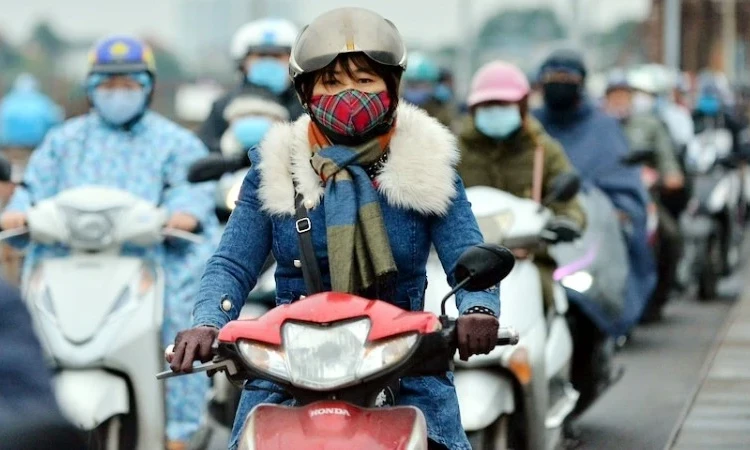











![[REVIEW OCOP] An Lanh Huong Vet Yen Cat](https://vstatic.vietnam.vn/vietnam/resource/IMAGE/2025/3/27/c25032328e9a47be9991d5be7c0cad8c)



Comment (0)